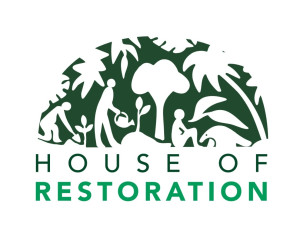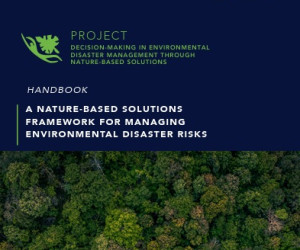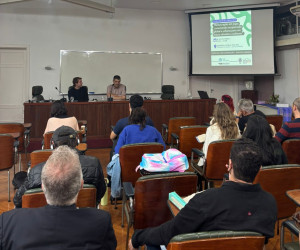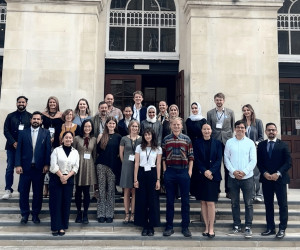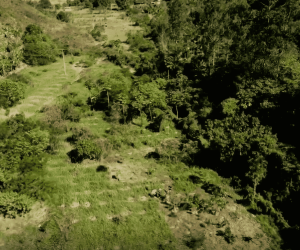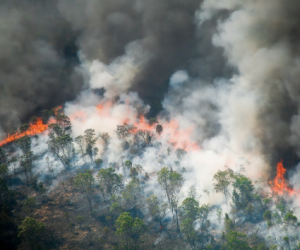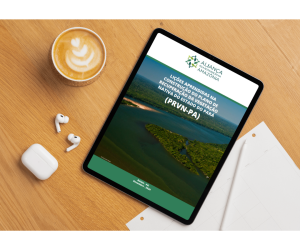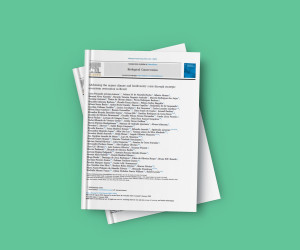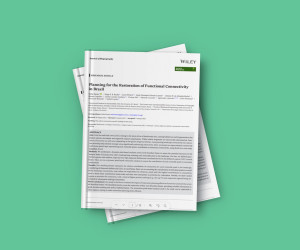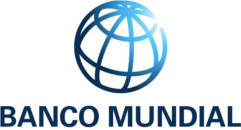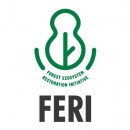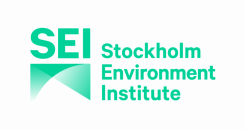PLANGEA: Strategic Land Use Planning

The International Institute for Sustainability (IIS) has been developing a multi-criteria approach to optimize the spatial planning of ecosystem restoration, conservation and conversion actions since 2013. Our approach identifies the most suitable locations for the implementation of these actions through linear programming, taking into account customizable criteria for biodiversity conservation, climate change mitigation, and cost minimization.
The research resulted in the creation of PLANGEA, a decision support platform that integrates multiple criteria, benefits, costs, legal considerations and decision-making across all terrestrial ecosystems. In addition to being flexible, the platform undergoes continuous development, thus allowing the inclusion of new metrics to improve multi-criteria optimization and accuracy in identifying priority areas for restoration, conservation and agricultural conversion. The impacts considered in the prioritization are also quantified individually for the metrics used.
PLANGEA works with different scenarios, making it possible to compare results between different goals, targets and objectives. This approach allows evaluating alternative global scenarios for restoration goals or other efforts to increase natural areas and protect nature. Furthermore, the possibility of performing multi-scale analysis makes it useful to guide the implementation of regional and local goals, offering customized solutions based on the preferences of decision-makers.
From the results of this modeling, an interactive map was developed to facilitate and support the strategic planning of land use. The map’s user-friendly online interface allows the user to simulate and visualize its results applied to different targets and scenarios on a national or global scale.
Currently, the interactive map encompasses up to three sets of metrics in its optimization. In the context of biodiversity conservation, the reduction of species extinction debt, the reduction of ecoregions vulnerability and the reduction of ecosystems integrity impact were modeled. Additionally, climate change mitigation was evaluated through the net values of carbon sequestration (restoration) and emission (conversion). In addition, the land opportunity cost for lost benefits from agricultural commodities on farmland and cultivated pastures and the restoration implementation cost in each country were aggregated.
Ecosystem conservation and restoration efforts are assigned to address the world’s greatest challenges, such as biodiversity conservation and climate regulation. Meeting national and international commitments would ease these global challenges, but could displace food production and impose financial costs on farmers. This multi-criteria approach reveals these synergies and trade-offs, incorporating ecological and economic efficiencies into planning and policy choice.
The data on the website and on the interactive map are provided by the International Institute for Sustainability (IIS) in collaboration with our donors. These outputs have been funded in part by the UK Research and Innovation’s Global Challenges Research Fund under the Trade, Development and the Environment Hub project (TRADE Hub, project number ES/S008160/1).
For further information and to explore collaborations, contact us: plangea@iis-rio.org
Related Content
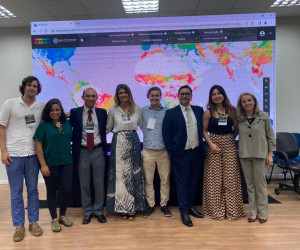
13.03.23
IIS launches online platform with priority areas for ecosystems conservation and restoration around the world
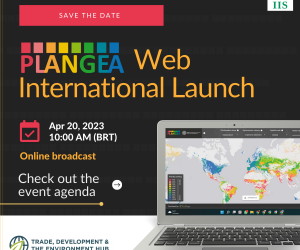
13.04.23
Video: PLANGEA Web International Launch
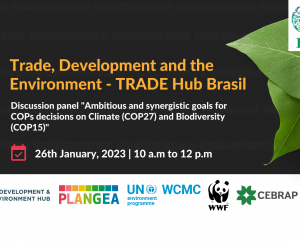
17.01.23
Video: discussion panel “Ambitious and synergistic goals for COPs decisions on Climate (COP27) and Biodiversity (COP15)”
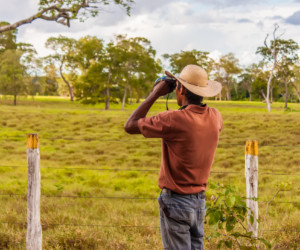
UKRI GCRF Trade, Development and the Environment Hub
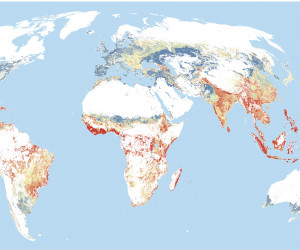
14.10.20
Restoring 30% of the world’s ecosystems in priority areas could stave off more than 70% of projected extinctions and absorb nearly half of the carbon built up in the atmosphere since the Industrial Revolution
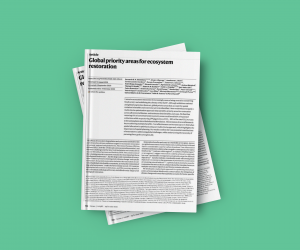
Nature: Global priority areas for ecosystem restoration
Strategic approaches to restoring ecosystems can triple conservation gains and halve costs
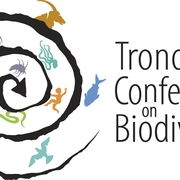
03.07.19
Bernardo Strassburg at the ninth Trondheim Conference on Biodiversity
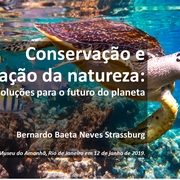
25.06.19
Conservation and restoration of nature: challenges and solutions for the future of the planet

Identifying Priority Areas for Restoration: Amazon Biome

15.02.22

